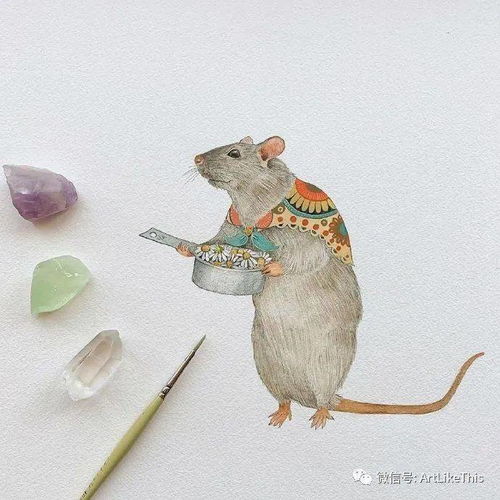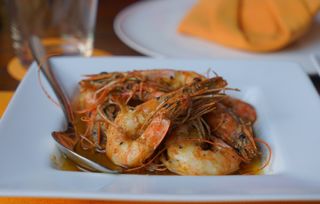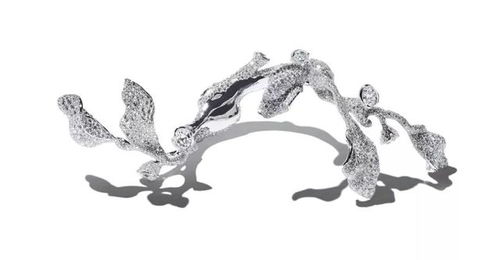Content:
Fishing, an ancient pastime that has stood the test of time, is not just about patience and luck; it's an art that requires a blend of knowledge, skill, and a bit of finesse. One of the key elements to mastering this art is understanding how to properly prepare and use fish food. In this comprehensive guide, we will delve into the intricacies of fish food preparation and provide you with expert angling techniques to help you catch more fish.
Understanding Fish Food: The Basics
Fish food is the staple of any angler's arsenal. It serves as the bait that attracts fish to your hook. However, not all fish food is created equal. The right kind of fish food can make the difference between a successful day on the water and a frustrating one.
Types of Fish Food:
- Natural Bait: Live bait, such as worms, minnows, and leeches, is often the most effective. These baits mimic the natural food sources of fish and can be highly attractive.
- Artificial Lures: These include plastic worms, jigs, and spinners. They are designed to mimic the movement of real fish and can be used in various fishing scenarios.
- Commercial Fish Food: This includes pellets, sticks, and pastes. They are designed to be durable and are often used in still water fishing.
Choosing the Right Fish Food:
- Know Your Target Fish: Different species of fish have different preferences. For example, bass are attracted to live bait, while catfish might be more interested in stink bait.
- Seasonal Considerations: Fish food should be chosen based on the season. In spring, when fish are feeding heavily, you might use more colorful and scented baits. In winter, when fish are less active, you might opt for more durable and natural baits.
The Art of Fish Food Preparation
Live Bait Preparation:
- Worms: Ensure they are fresh and wriggling. Cut them into smaller pieces if necessary.
- Minnows: Keep them alive in a bucket of water. Cut them into smaller pieces if you're targeting larger fish.
- Leeches: Clean them thoroughly and ensure they are healthy.
Artificial Lures:
- Spinners: Attach them to your line with a spinner rig or a simple swivel.
- Worms: Rig them on a hook with a worm holder or a simple split shot.
- Jigs: Attach them to your line with a jig head or a swivel.
Commercial Fish Food:
- Pellets: Soak them in water or a fish attractant to make them more appealing.
- Sticks: Cut them into smaller pieces and attach them to a hook.
- Pastes: Apply them directly to the hook or on a piece of bait.
Expert Angling Techniques
Location, Location, Location:
Research the area you plan to fish. Look for areas where fish are known to congregate, such as around rocks, logs, or in deeper water.
Timing is Everything:
Fish are most active at certain times of the day. Early morning and dusk are often the best times to fish.
Patience and Observation:
Be patient and observe the behavior of the fish. Adjust your technique based on their reactions.
Rigging Your Gear:
Ensure your rig is set up correctly. The wrong rig can lead to lost fish or missed bites.
Presenting Your Bait:
The way you present your bait can make a big difference. Experiment with different retrieves and movements to see what works best.

Learning from Mistakes:
If you're not having success, don't be afraid to change your approach. Learn from your mistakes and adapt.
In conclusion, mastering the art of fish food preparation and angling techniques is a journey that requires practice, patience, and a willingness to learn. By understanding the basics of fish food, choosing the right bait, and employing expert angling techniques, you'll be well on your way to becoming a skilled angler. So, grab your rod, stock up on the right fish food, and get ready to cast your line into the great outdoors. Happy fishing!












